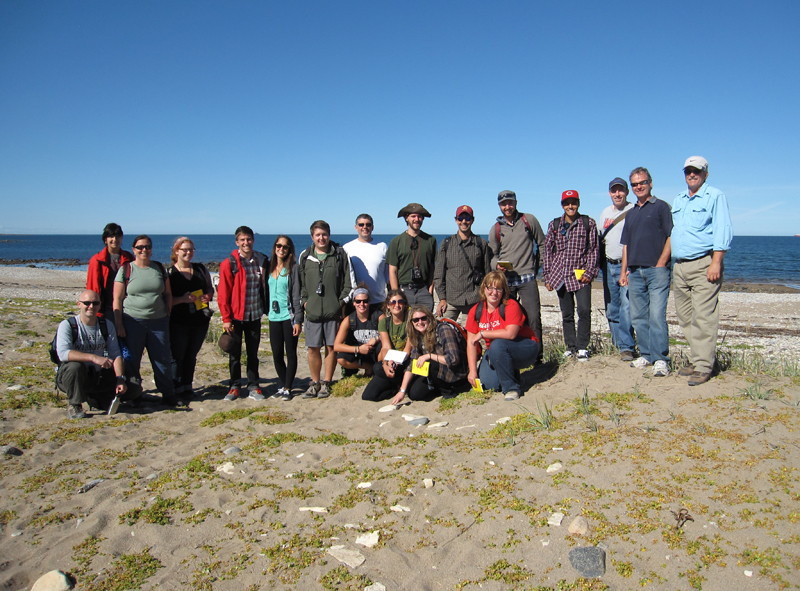A lesson in geography
Student Anna Magnusson reflects on her journey north to Churchill for a geography field course
As a student who has completed three full years at the University of Winnipeg, I’ve had to sacrifice my quality of life in so many ways for my grades.
With benefits, of course, but not immediate ones.
So, when that glorious April day arrives that I finish my last exam, my life is again mine.
This year, to my surprise, I surrendered the last two weeks of my beloved summer to my education.
Mama sure was proud.
I registered to complete a field course in Churchill, Man. with the University of Winnipeg’s geography department.
This course ran for 10 days and was an incredible mix of excitement, academia and thought-provoking activity.
The tundra terrain of the Churchill area was the perfect setting for this particular field course.
If you’re ever trying to win the heart of a physical geographer, all you need to do is take them up north and say, “Hydrolaccoliths and monadnocks baby, sprinkled with krummholz and perfectly dissected rocks.”
Just trust me on this one.
But, if you’re not into isostatic rebound, or any textbook that has a tree on it, this course has other options for you.
The 14 students enrolled were able to explore the town of Churchill via different exercises.
I learnt how to see through the eyes of a human geographer, and study how some of the town’s inhabitants live: lives adapted to the long freezing winters, the polar bears and the remote isolation of a community of just 900 people.
Although this “human/cultural” aspect of the course was both novel and interesting, as a biology student my awareness and curiosity was concentrated elsewhere.
The Churchill area is on an ecotone, which is a nifty bio word meaning a transitional zone between two biomes.
Thus, the area hosts a unique and wonderful collection of flora and fauna, characteristic of both tundra and forest biomes. This makes for lovely combinations of plants and animals pitted against a unique landscape; polar bears lazing around by the bay, Canadian geese sitting amid endless blueberry and cranberry plants, and bald eagles being, generally, wickedly awesome.
Mini lakes are filled with the clearest waters, and white belugas are just visible among the dark waves of the Hudson Bay.
I could keep going, but you get the point.
Churchill’s natural wonders are outstanding, and a more-than-worthy locale for the geography department’s field course.
The feeling of standing in the glorious stillness of the wetland with my peers, seeing and noting everything — the differences in vegetation atop a palsa and the characteristics around a
hydrolaccolith — is one that won’t soon leave me.
The experience has settled into my brain, and might stick around for a bit. This is effective education.
If you’re ever given the chance to complete this Churchill study field course (or anything else that allows you to discover your province’s vast north), you owe it to yourself to go.
Though you may have to sacrifice your final days of summer, I promise you it’s worth it.
Published in Volume 67, Number 3 of The Uniter (September 19, 2012)







